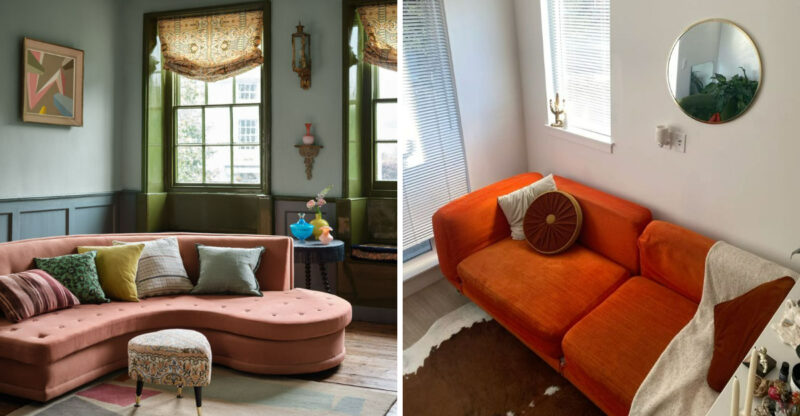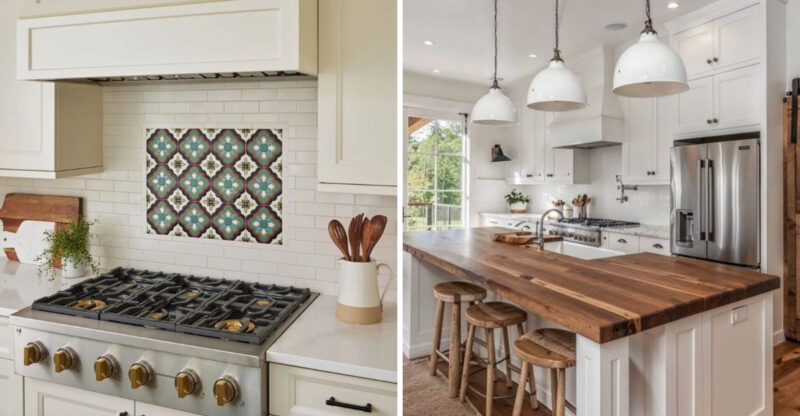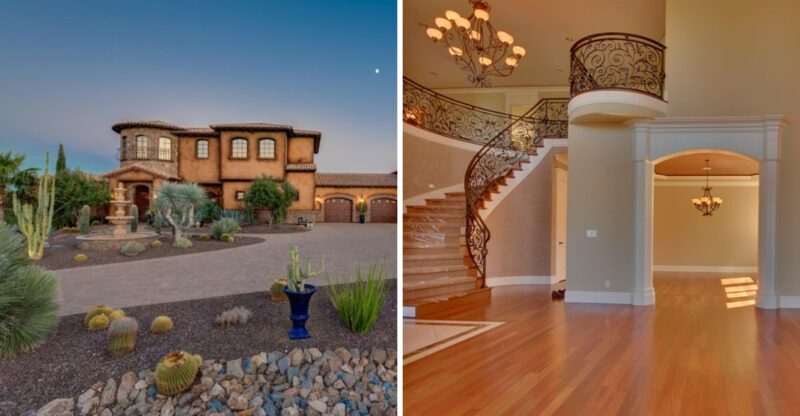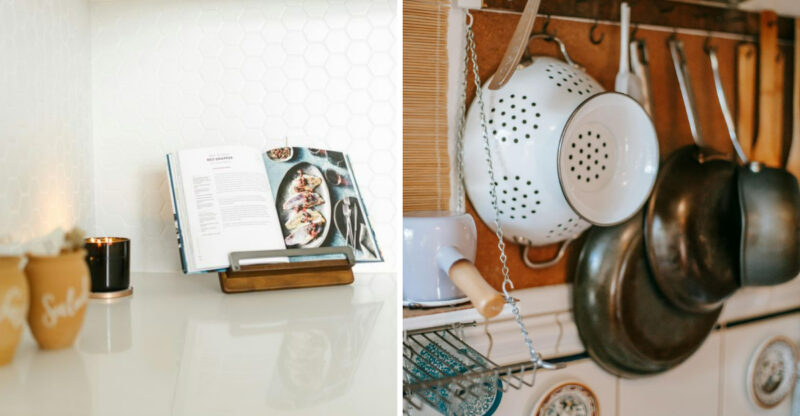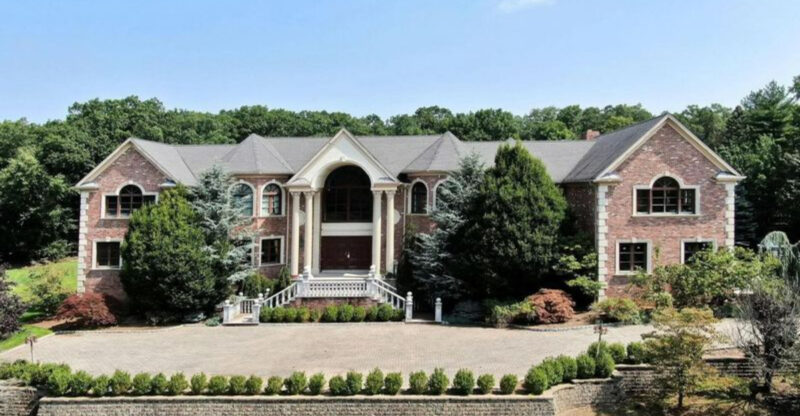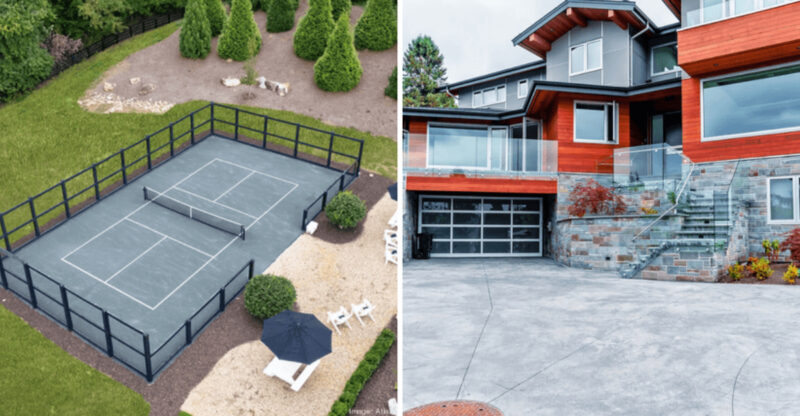8 Home Styles Losing Popularity In Long Beach By 2025 And 9 Likely To See Big Gains
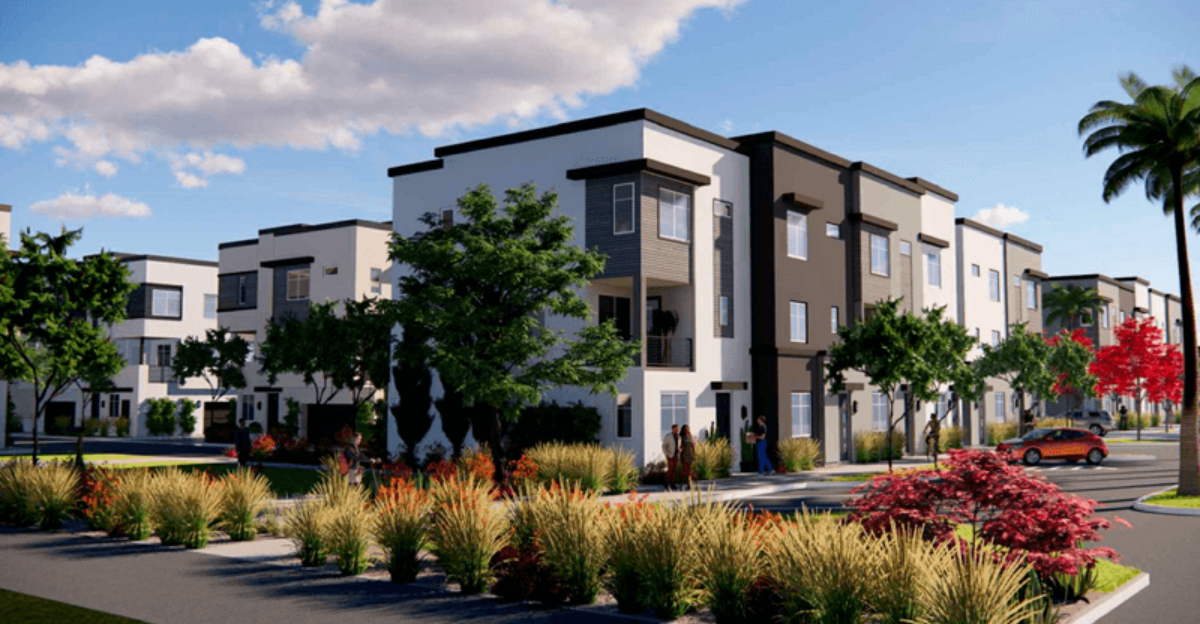
Long Beach’s housing landscape is shifting faster than coastal tides. Local architectural preferences are evolving as homebuyers prioritize sustainability, functionality, and authentic character over dated designs.
Whether you’re house-hunting or planning renovations, understanding which home styles are fading and which are rising can help you make smarter real estate decisions in this vibrant Southern California market.
1. Mid-century Modern Ranches
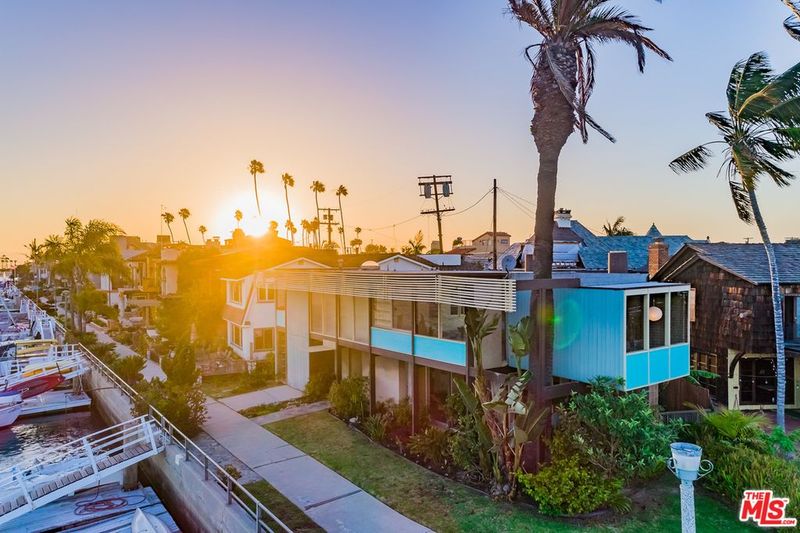
Once the darlings of Long Beach neighborhoods, these flat-roofed wonders with their characteristic angular lines are losing their luster. The open carports and dated kitchens that defined this 1950s-1960s style now feel impractical for modern families seeking security and contemporary amenities.
Maintenance issues plague these aging homes too. Original single-pane windows create energy efficiency nightmares, while the iconic stone accent walls often appear stuck in a time warp rather than retro-cool.
Younger buyers especially find the layout limitations frustrating, with smaller bedrooms and bathrooms that don’t match today’s lifestyle needs. While true architectural purists still seek these homes for restoration, the general market is increasingly passing them by.
2. Split-level Suburban Homes

Remember those Brady Bunch-style houses with stairs everywhere? They’re quickly falling from favor in Long Beach’s competitive market. These multi-level layouts with their awkward half-flights of stairs create accessibility challenges for both aging homeowners and young families with strollers.
The compartmentalized rooms feel claustrophobic compared to today’s open-concept preferences. Most split-levels also suffer from dated exteriors that lack curb appeal, with their asymmetrical facades and mixed materials appearing increasingly tired rather than charming.
Energy inefficiency compounds the problem – heating and cooling these segmented spaces costs a fortune. While some innovative renovators have found ways to reimagine these spaces, most buyers simply skip past split-levels in their home search.
3. Faux-Tudor Facades
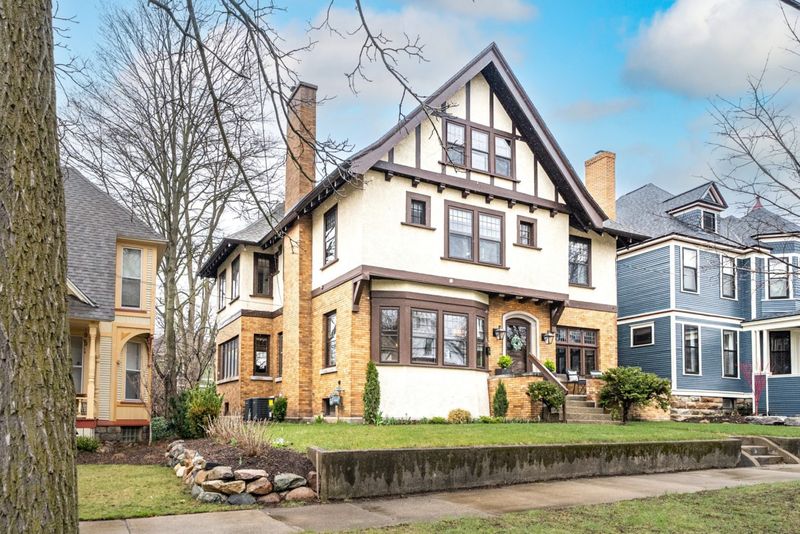
Those mock English manors with their fake half-timbering are rapidly losing their royal standing in Long Beach. What once seemed sophisticated now reads as pretentious and inauthentic to buyers seeking genuine architectural integrity. The decorative black beams against white stucco have become visual shorthand for outdated taste.
Maintenance headaches plague these homes too. The elaborate trim details collect dirt, require frequent painting, and often suffer water damage in Long Beach’s coastal climate. Many showcase awkward 1980s-1990s proportions that don’t reflect true Tudor architecture.
Younger homebuyers particularly reject these homes as too fussy and formal. The dark, heavy exteriors also contrast sharply with the bright, airy aesthetics currently dominating design magazines and social media inspiration boards.
4. Heavy Stucco Exteriors
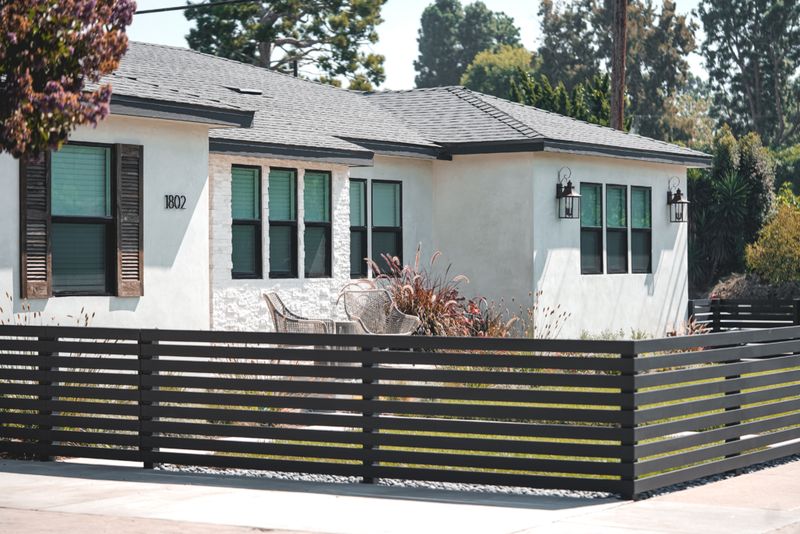
Those thick, textured stucco walls that once dominated Long Beach neighborhoods are quickly losing their appeal. The heavy, Spanish-influenced finish that seemed practical in the 1990s now appears dated and maintenance-intensive as hairline cracks develop and patching creates visible inconsistencies.
Homeowners increasingly report moisture problems with these exteriors. When water inevitably penetrates the stucco, it often causes hidden damage before detection. The limited design flexibility frustrates style-conscious buyers too – once applied, that textured finish locks you into a specific aesthetic.
Modern homebuyers prefer cleaner lines and more diverse material palettes. The heavy orange-peel or swirl textures collect dirt and spider webs, requiring frequent cleaning or painting. As lighter, more sophisticated exterior options gain traction, these chunky stucco homes increasingly sit longer on the market.
5. Brick Front Colonial Revivals
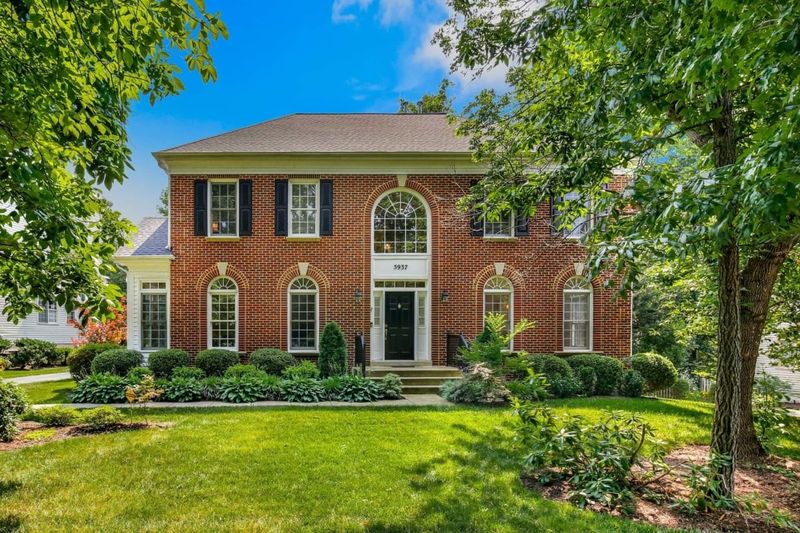
Those imposing brick-front houses with symmetrical facades and columns are quickly losing their commanding presence in Long Beach. The formal, East Coast aesthetic feels increasingly out of place in Southern California’s relaxed coastal environment. Many appear as awkward transplants rather than homes that belong in the local landscape.
Maintenance issues plague these homes too. The partial brick facades often develop different weathering patterns than the siding on other elevations, creating a disjointed appearance over time. Inside, the closed-off formal living and dining rooms sit unused while families cluster in kitchen-family room combinations.
Younger buyers particularly reject the stiff formality these homes project. The dark interiors with small windows contrast sharply with the bright, view-maximizing designs now preferred in Long Beach’s sunny climate. Even with updates, these homes struggle to shed their dated personality.
6. Overly Ornate Victorian Trims
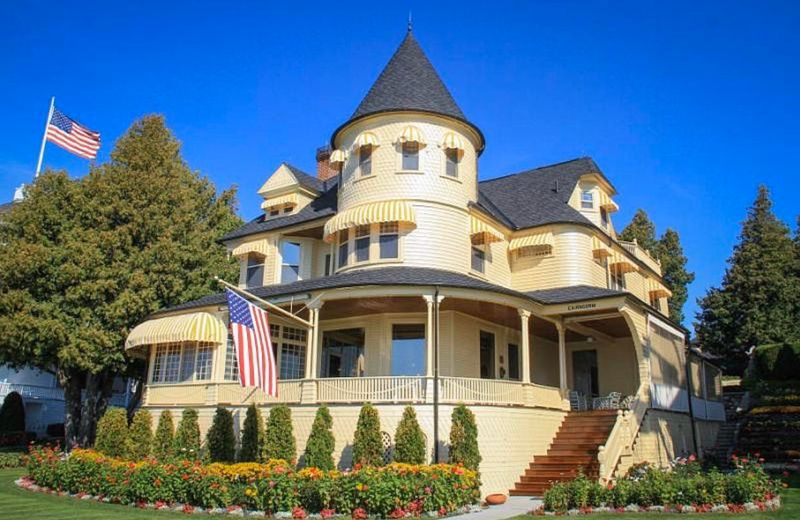
Those gingerbread-laden Victorian reproductions with excessive decorative elements are rapidly falling from grace in Long Beach. The fussy spindles, elaborate brackets, and ornamental frills that once signaled luxury now read as cluttered and high-maintenance to today’s streamlined sensibilities.
Practical concerns drive this shift too. These intricate wooden details deteriorate quickly in coastal climates, requiring constant upkeep and repainting. The dark, heavily trimmed interiors often feel gloomy and closed-in compared to the light-filled spaces buyers now prefer.
Modern homeowners increasingly view these ornamental excesses as dust-collectors rather than charming details. While authentic historic Victorians maintain value, the 1980s-1990s reproductions with their exaggerated ornamentation appear increasingly dated. Buyers now favor homes with cleaner lines and more thoughtful, purposeful architectural details.
7. Formal Dining-Room Layouts
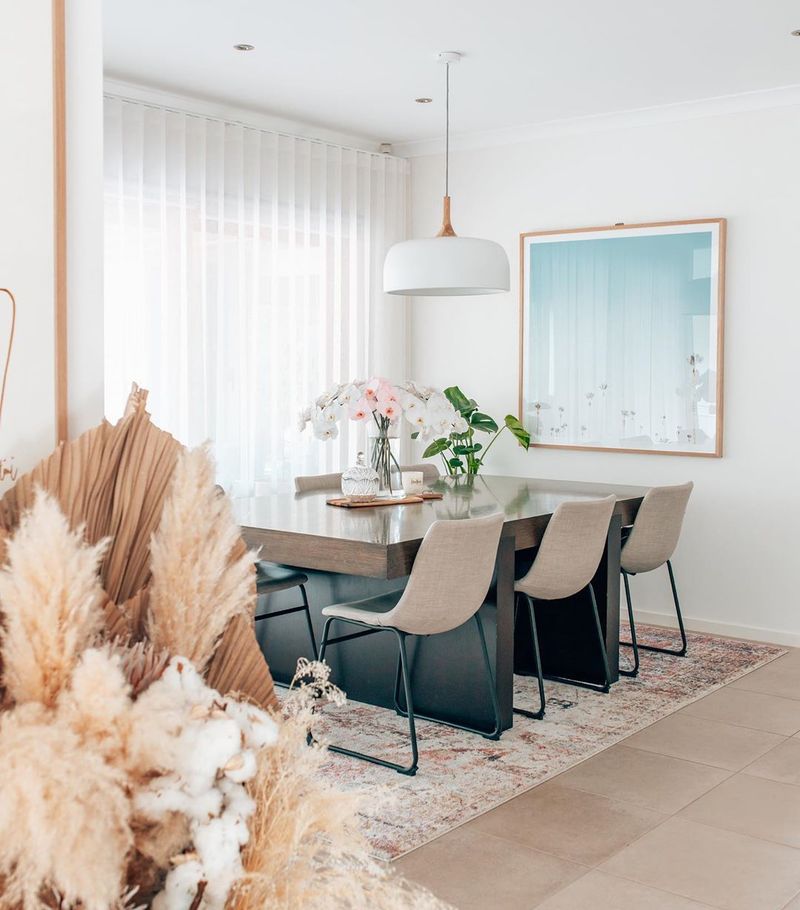
Those separate, rarely-used dining rooms are quickly becoming relics in Long Beach homes. Modern families increasingly view these dedicated spaces as wasted square footage that could better serve as home offices, playrooms, or extensions of the main living area. The formal dining room’s isolation from the kitchen creates disconnect during gatherings.
Lifestyle shifts drive this change. Today’s casual entertaining style favors kitchen islands with bar seating or great rooms where cooking, dining and socializing happen in one flowing space. Many buyers immediately plan to remove walls when viewing homes with traditional formal dining rooms.
Even in larger homes, the trend moves toward flexible, multi-purpose spaces rather than single-function rooms. Younger buyers especially question the practicality of maintaining a separate room that might be used only a few times yearly. This shift fundamentally changes how new homes are designed and existing ones renovated.
8. Popcorn Ceilings Throughout
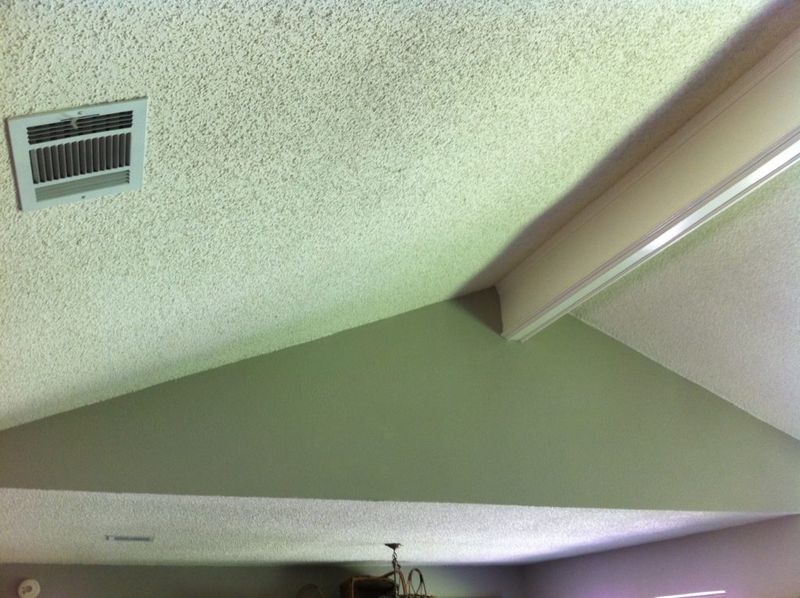
Those bumpy, cottage-cheese textured ceilings are the fastest-falling feature in Long Beach homes. Beyond their dated appearance, potential asbestos concerns in pre-1980s applications make them an immediate renovation target for new homeowners. The harsh, spray-on texture traps dust and creates unflattering shadows.
Cleaning these surfaces proves nearly impossible too. Any attempt to remove cobwebs or dust often causes bits of the texture to break off, creating an even bigger mess. The acoustic benefits that originally popularized these ceilings have been achieved through better building materials in modern construction.
Real estate agents report that homes with popcorn ceilings throughout typically sell for less and spend more time on the market. Many buyers immediately calculate removal costs into their offers. While some sellers proactively remove these ceilings before listing, others find their homes discounted for this increasingly despised feature.
9. Spanish-style Courtyards
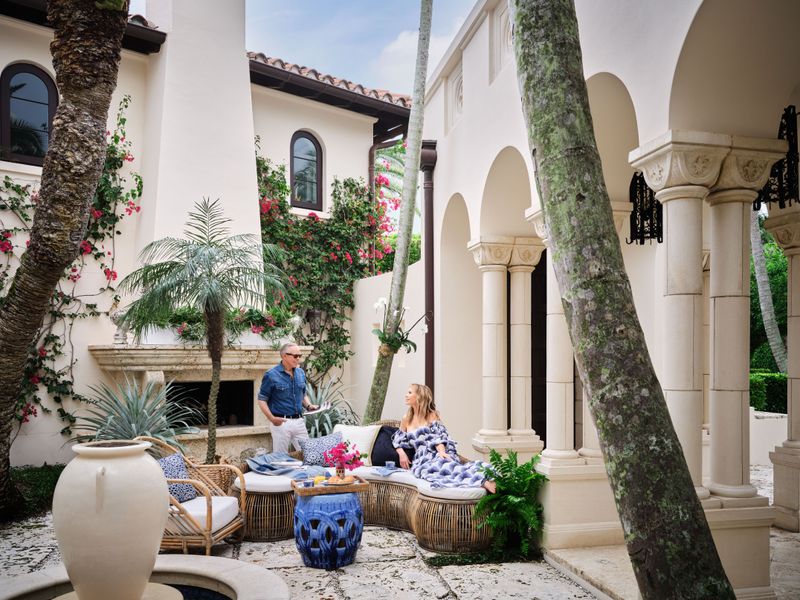
Hidden behind arched entryways, these intimate outdoor spaces are experiencing a remarkable renaissance in Long Beach. The sheltered design provides perfect protection from coastal breezes while still allowing residents to enjoy Southern California’s enviable climate year-round. Privacy-seeking homeowners particularly value these secluded outdoor living rooms.
Water features add sensory appeal to these spaces. The gentle sound of fountains creates a peaceful atmosphere that contrasts with urban noise. Traditional terracotta tiles and Mediterranean plantings like citrus trees and bougainvillea complete the transportive experience.
Work-from-home professionals especially appreciate these spaces as alternative offices or meditation retreats. The courtyard’s traditional roots also appeal to buyers seeking authentic architectural character rather than cookie-cutter designs. As outdoor living continues gaining importance, these historically-inspired spaces offer the perfect blend of shelter and connection to nature.
10. Craftsman Bungalows
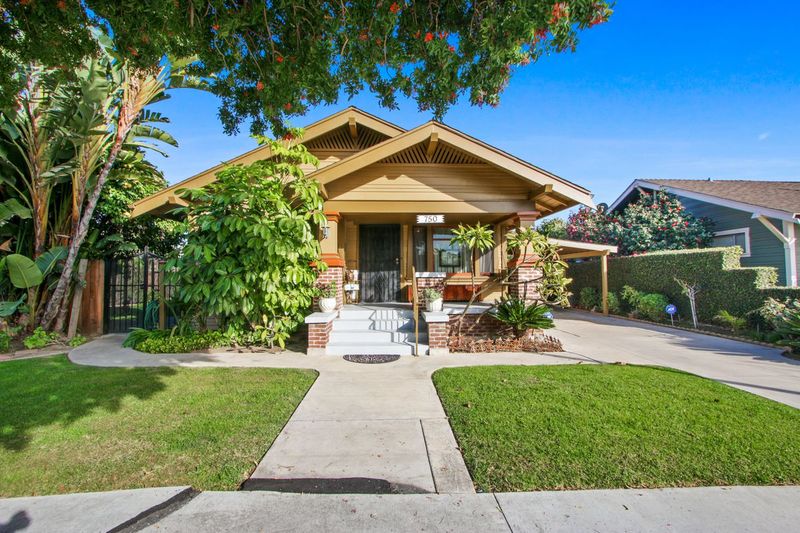
With their hand-crafted details and honest materials, these architectural gems are enjoying a major comeback in Long Beach neighborhoods. The low-pitched roofs with wide eaves, exposed rafters, and tapered columns offer timeless curb appeal that stands out in a sea of cookie-cutter developments. Younger buyers especially appreciate their authentic character and solid construction.
Inside, built-in cabinets, window seats, and natural woodwork create warm, livable spaces. The typically modest footprints also align perfectly with today’s sustainability concerns, offering charm without excessive square footage. Front porches foster neighborhood connections that many homebuyers now prioritize.
Historic preservation incentives make these homes even more attractive in Long Beach. Properties meeting certain criteria qualify for Mills Act contracts, providing significant property tax savings. As mass-produced homes lose appeal, these artisan-built bungalows with their emphasis on craftsmanship and natural materials continue appreciating both aesthetically and financially.
11. Light-filled Contemporary Condos
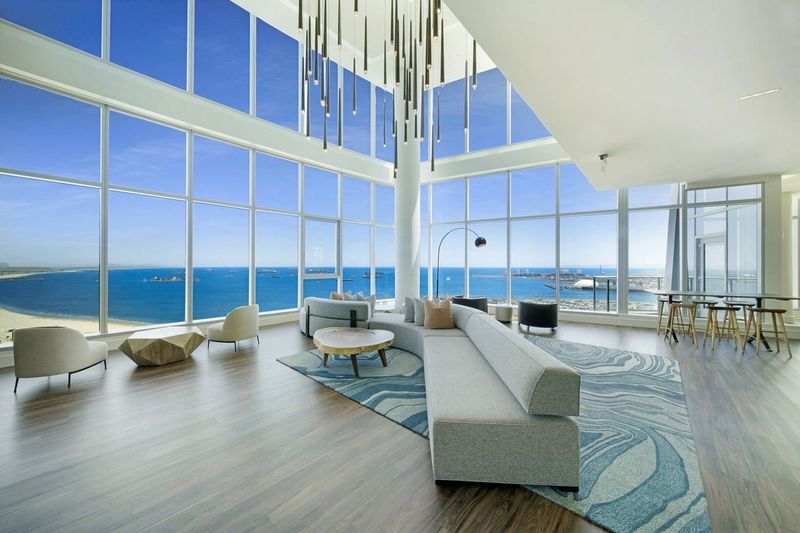
Walls of glass are defining Long Beach’s most coveted new multi-family developments. These sleek, modern condominiums maximize natural illumination with floor-to-ceiling windows and open floor plans that allow sunlight to penetrate deep into living spaces. Corner units with wraparound glass particularly command premium prices.
Smart design touches elevate these spaces beyond basic apartments. Recessed lighting, floating staircases, and seamless indoor-outdoor transitions create sophisticated urban retreats. Many feature rooftop decks or balconies positioned to capture stunning views of the Pacific, downtown skyline, or port operations.
First-time buyers and downsizing empty-nesters compete for these low-maintenance properties. The combination of walkable locations, lock-and-leave convenience, and contemporary aesthetics appeals to diverse demographics. As downtown Long Beach continues its renaissance, these light-bathed units represent the perfect intersection of lifestyle, location and modern design sensibilities.
12. Eco-friendly Modern Farmhouse
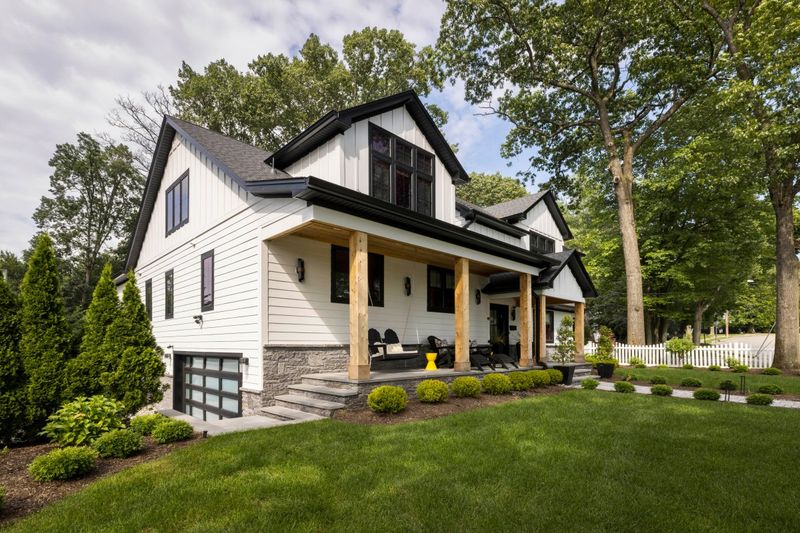
Combining rustic charm with cutting-edge sustainability, these reimagined farmhouses are rapidly gaining ground in Long Beach neighborhoods. The signature vertical siding, metal roofs, and clean lines offer a fresh take on traditional forms while incorporating solar panels, rainwater harvesting, and energy-efficient features. Environmentally-conscious buyers particularly value these homes’ reduced carbon footprint.
Natural materials dominate both exteriors and interiors. Reclaimed wood accents, concrete countertops, and locally-sourced stone create spaces that feel both timeless and thoroughly contemporary. Many feature drought-tolerant landscaping that perfectly suits Southern California’s climate challenges.
Flexible floor plans accommodate changing family needs. Home offices, multi-generational suites, and indoor-outdoor living spaces reflect how people actually live today. As sustainability concerns increase among homebuyers, these eco-conscious farmhouses represent the perfect marriage of responsible environmental stewardship and design-forward aesthetics that will maintain relevance for decades.
13. Coastal-style Clad Shingle Homes
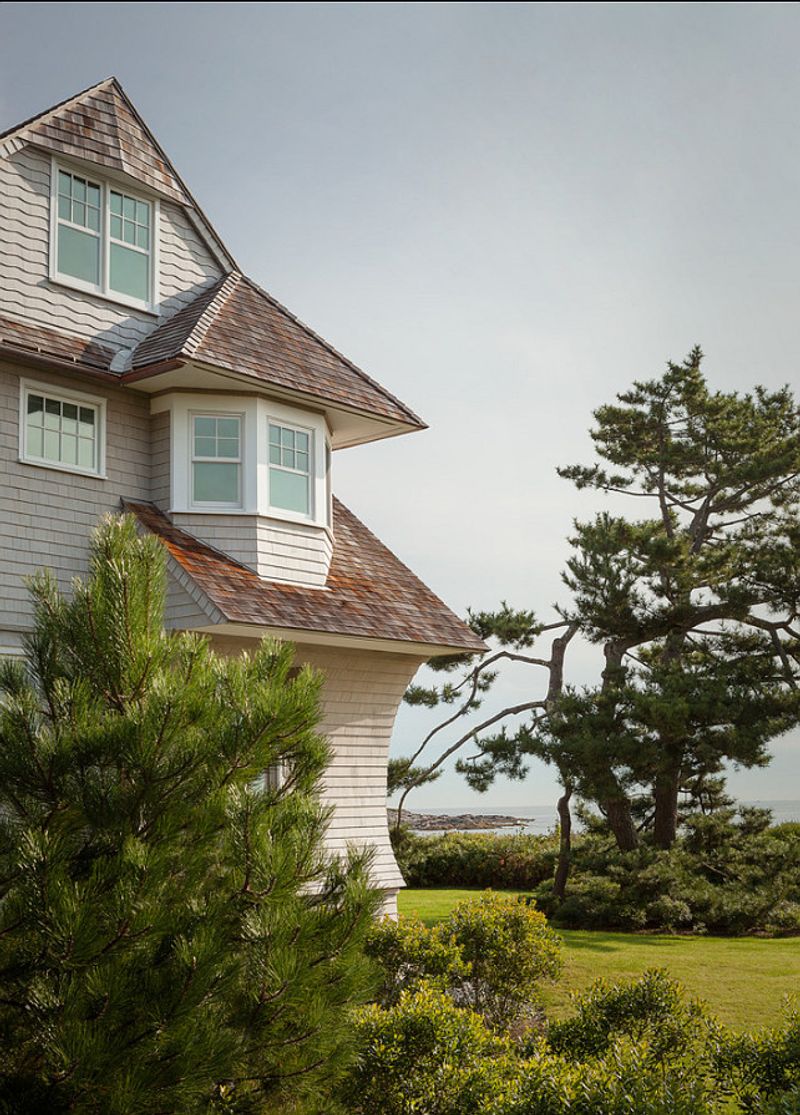
Weather-worn cedar shingles are transforming Long Beach neighborhoods with their relaxed, seaside charm. These Nantucket-inspired homes feature classic shingled exteriors in natural weathered gray or white-washed finishes that perfectly complement the city’s oceanfront setting. The textured facades develop beautiful patinas over time, improving rather than deteriorating with age.
Architectural details enhance their coastal character. Covered porches, widow’s walks, and nautical-inspired lighting create homes that feel like permanent vacations. Inside, white-painted woodwork, built-in window seats, and blue-and-white color schemes continue the breezy aesthetic.
Homebuyers increasingly seek these properties for their timeless appeal and connection to Long Beach’s maritime heritage. Unlike more trend-driven styles, these shingle-clad homes maintain their value through changing fashion cycles. Their association with established coastal communities like Cape Cod and the Hamptons lends them an air of understated luxury that resonates with discerning buyers.
14. Mixed-use Live-work Loft Conversions
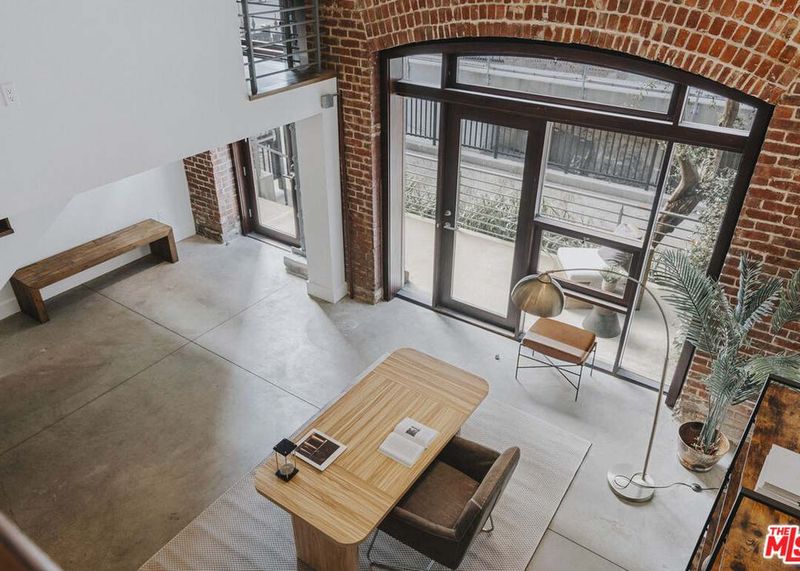
Former warehouses and commercial buildings are finding exciting second lives as Long Beach’s most coveted urban residences. These industrial-chic conversions preserve original architectural elements like exposed brick walls, timber beams, and concrete floors while creating functional modern living spaces. The flexible, open layouts allow residents to seamlessly blend professional and personal life.
Soaring ceilings create dramatic volume rarely found in conventional homes. Many feature massive windows that flood interiors with natural light while framing urban views. The industrial heritage gives these spaces authentic character impossible to replicate in new construction.
Remote workers particularly prize these versatile properties. The ability to designate separate zones for living and working within the same open plan addresses contemporary needs. As downtown Long Beach continues evolving into a vibrant mixed-use district, these character-rich conversions symbolize the perfect marriage of the area’s industrial past and creative future.
15. Smart-home Enabled Mid-rise Units
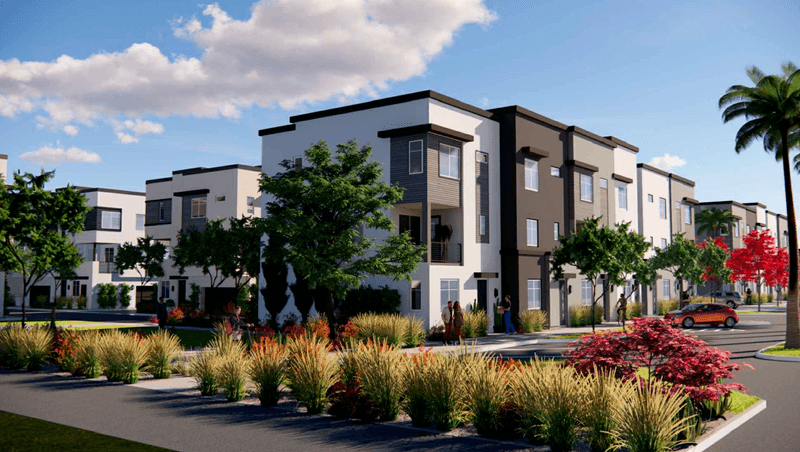
Technology-integrated apartments in 4-6 story buildings are revolutionizing Long Beach’s urban housing market. These forward-thinking residences feature comprehensive smart systems controlling everything from lighting and climate to security and entertainment through voice commands or smartphone apps. Tech-savvy professionals particularly value the seamless digital integration.
Thoughtful amenities enhance the experience. Package delivery rooms with notification systems, electric vehicle charging stations, and community co-working spaces address contemporary urban needs. Many buildings incorporate fitness centers with on-demand workout programs and rooftop social spaces with panoramic views.
Location advantages compound their appeal. Typically situated near transit corridors and employment centers, these mid-rise developments offer the perfect balance between high-rise density and neighborhood scale. As Long Beach continues attracting technology companies and their employees, these digitally-enhanced residential options provide the perfect housing solution for an increasingly connected population.
16. Compact Courtyard Cottages
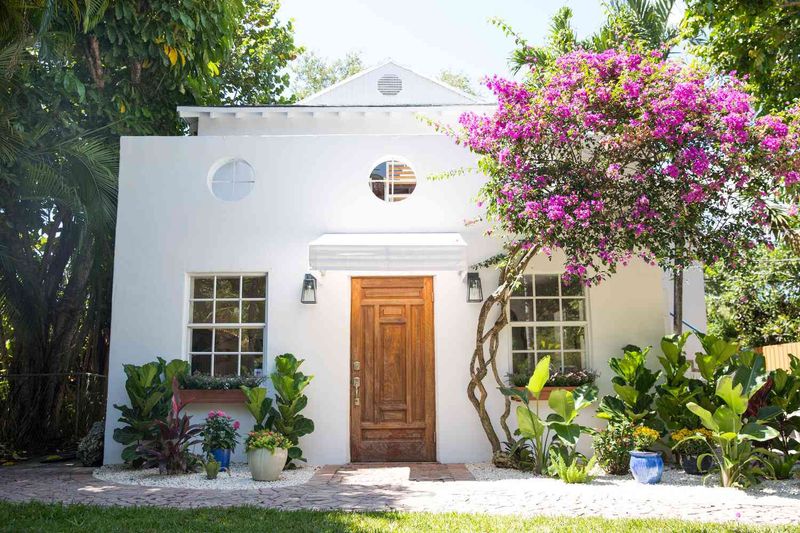
Diminutive dwellings arranged around shared green spaces are creating some of Long Beach’s most desirable new communities. These thoughtfully-designed small homes typically range from 800-1,200 square feet, offering just enough private space while encouraging interaction through common courtyards. Empty-nesters and first-time buyers particularly appreciate their affordability and low maintenance requirements.
Architectural charm compensates for modest dimensions. Front porches, peaked roofs with decorative brackets, and window boxes create storybook appeal that larger tract homes often lack. Inside, clever storage solutions and multi-purpose rooms maximize functionality without wasted space.
Community amenities enhance the lifestyle these developments offer. Shared gardens, fire pits, and outdoor dining areas foster connections between neighbors. As housing costs continue rising in Long Beach, these space-efficient cottages provide an attractive alternative to condominiums for buyers seeking detached homes at more accessible price points without sacrificing location or design quality.
17. Accessory Dwelling Units (ADUs) in Backyards
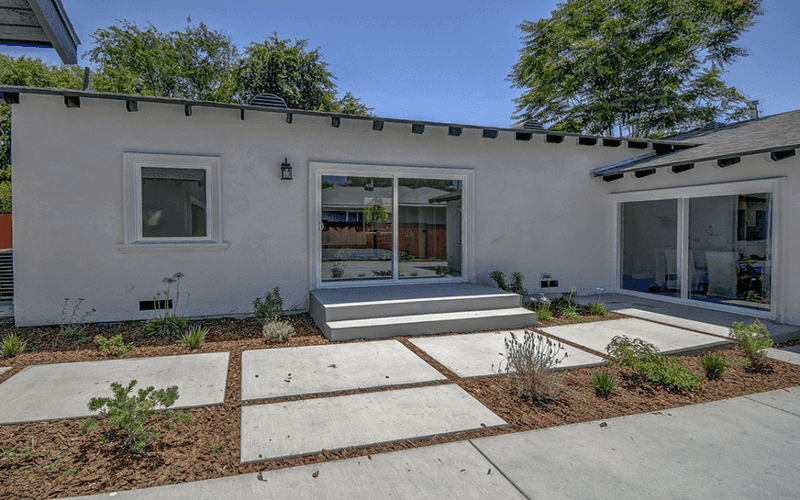
Backyard cottages and converted garages are transforming Long Beach properties into multi-generational compounds. These self-contained secondary residences – ranging from 400-1,200 square feet – provide separate living quarters for aging parents, adult children, or income-generating rental units. Recent California legislation streamlining approval processes has accelerated their popularity.
Design innovations maximize these compact spaces. Murphy beds, built-in storage, and indoor-outdoor connections create surprisingly spacious-feeling interiors despite modest footprints. Many incorporate sustainable features like solar panels and greywater systems that reduce utility costs.
Financial benefits make ADUs particularly attractive to homeowners. Monthly rental income from these units often covers a significant portion of the primary property’s mortgage. Property values typically increase substantially more than construction costs. As housing affordability challenges persist throughout Southern California, these flexible backyard dwellings represent one of the most practical solutions for increasing density while maintaining neighborhood character.

